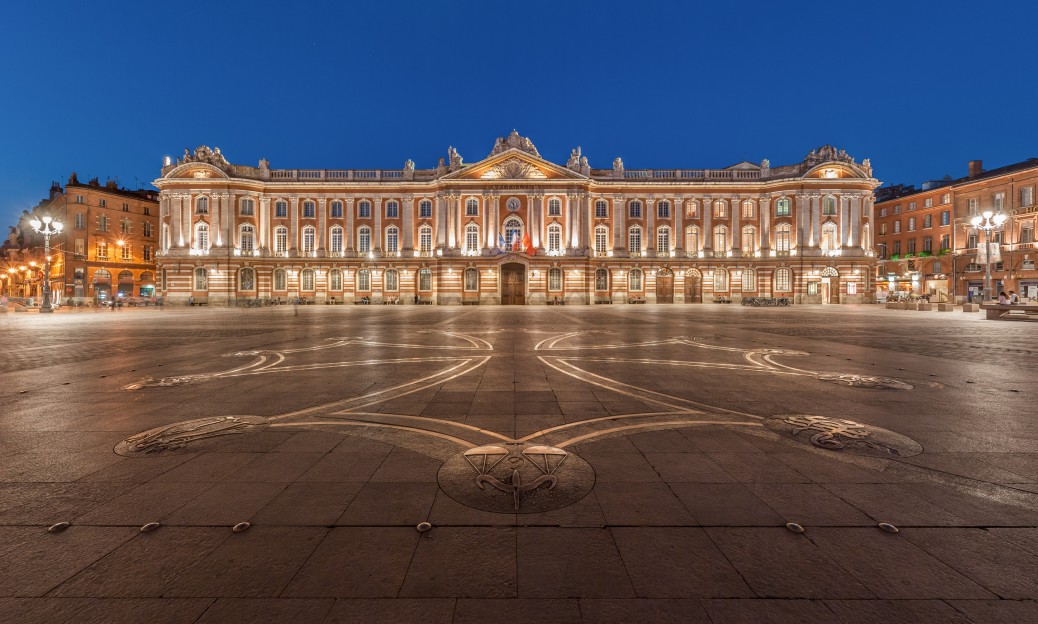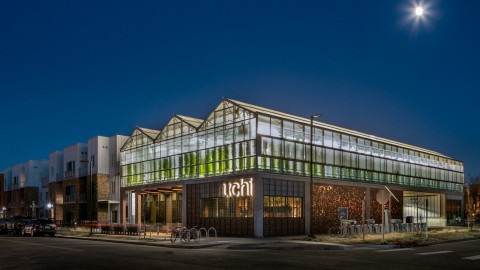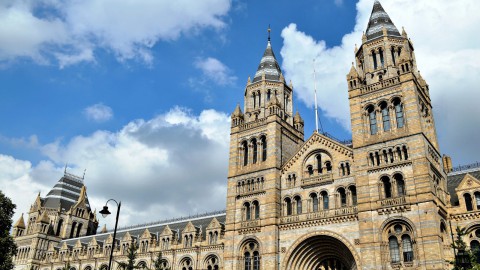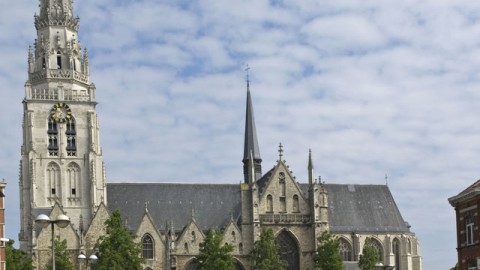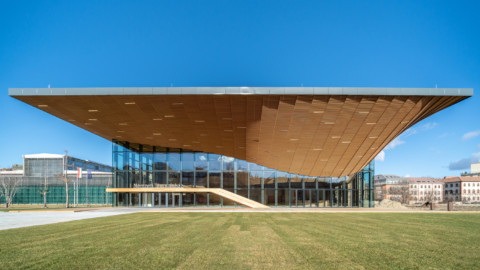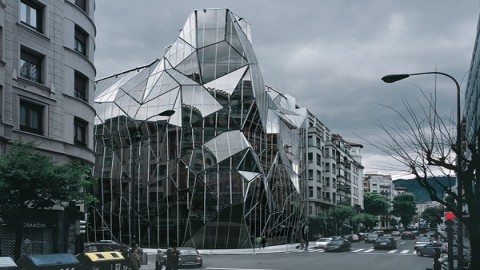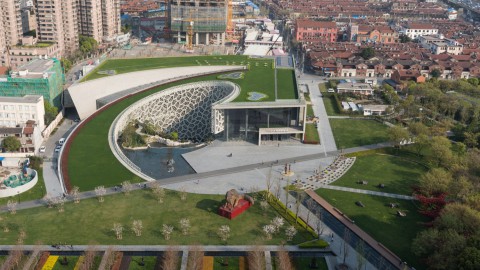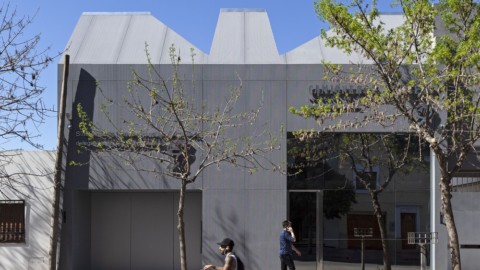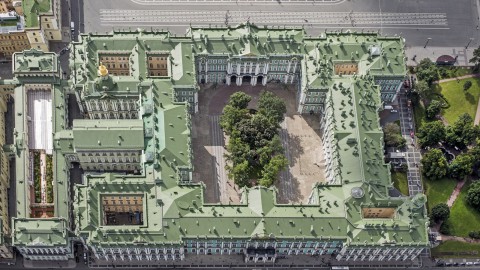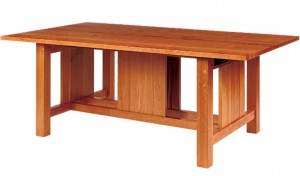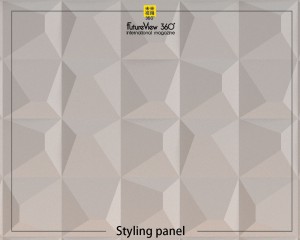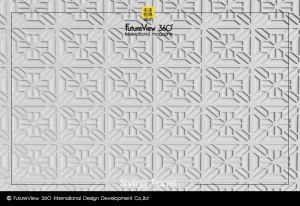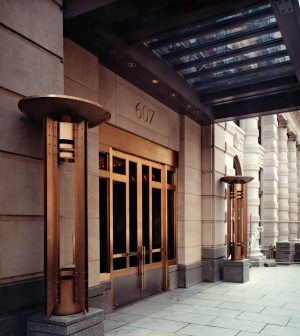Place du Capitole (Toulouse) 圖盧茲的市政廳
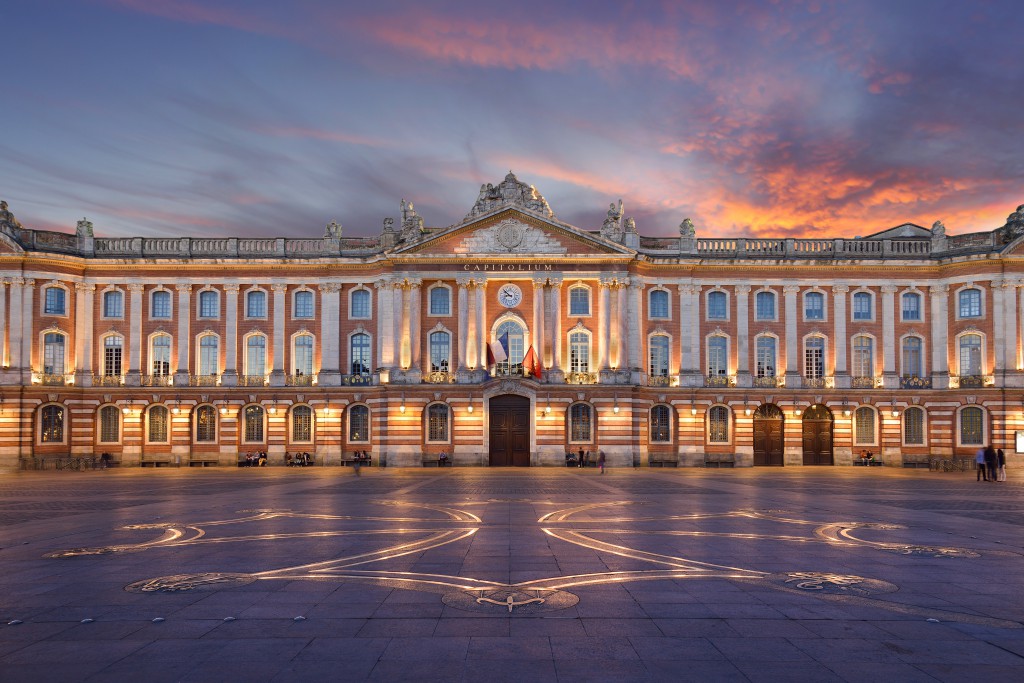
The Capitole (French for “capitol”) is the heart of the municipal administration of the French city of Toulouse and its city hall.
It is supposedly on the spot that St Saturninus was martyred. The bishop of Toulouse is said to have been tied to the legs of a bull, which was driven down the steps of the town’s capitol, causing his head to be bashed open.
The Capitouls (governing magistrates) of Toulouse embarked on the construction of the original building in 1190 to provide a seat for the government of a province growing in wealth and influence. The name “Capitole” referred not only to the Roman Capitol but also to the capitulum, which was the chapter of the governing magistrates. It was a centre of contention during the 1562 Toulouse Riots, with Huguenot forces holding it with captured cannon.
In the 20th century, the structures surrounding the vast (2 ha) Place du Capitole were redesigned, but the current façade, 135 m long and built of the characteristic pink brick in Neoclassical style, dates from 1750, built according to plans by Guillaume Cammas. The eight columns represent the original eight capitouls. In 1873, Eugène Viollet-le-Duc built a bell tower typical of the style of northern France on top of the donjon of the building. It was in this donjon that Jean Calas, a Protestant victim of a religiously-biased trial, was interrogated. Only the Henri IV courtyard and gate survive from the original medieval buildings. It was in this courtyard that the Duke de Montmorency was decapitated after his rebellion against Cardinal Richelieu. A thorough redesign of the Place du Capitole in 1995 reserved the space for pedestrians. Some of the interior of the Capitole can be traced back to the 16th century. Today the Capitole houses the city hall, as well as the Théâtre du Capitole de Toulouse opera company and the Orchestre national du Capitole de Toulouse. The Salle des Illustres contains 19th century works of art.
Capitole(法語為“國會大廈”)是法國圖盧茲市政府及其市政廳的核心。
據說St Saturninus當場殉難。據說圖盧茲的主教被綁在公牛的腿上,公牛的腳從城鎮的國會大廈的台階上下來,導致他的頭被打開。
圖盧茲的Capitouls(治理法官)於1190年開始建造原始建築,為一個財富和影響力增長的省政府提供一個席位。 “Capitole”這個名字不僅指羅馬國會大廈,而且指的是頭銜,這是治理法官的章節。在1562年的圖盧茲騷亂期間,這是一個爭論的中心,胡格諾派部隊用捕獲的大砲控制它。
在20世紀,廣闊的(2公頃)Place du Capitole周圍的建築進行了重新設計,但目前的外牆長135米,採用新古典主義風格的特色粉紅磚建造,可追溯至1750年,根據Guillaume Cammas的計劃建造。 。八列代表最初的八個capitouls。 1873年,EugèneViollet-le-Duc在該建築的頂部建造了一座典型的法國北部風格的鐘樓。正是在這個地方,受到宗教偏見審判的新教徒受害者讓·卡拉斯被審訊。只有Henri IV庭院和大門才能從原始的中世紀建築中倖存下來。在他反抗紅衣主教黎塞留之後,在這個院子裡,蒙莫朗西公爵被斬首了。 1995年徹底重新設計了Place du Capitole,為行人保留了空間。 Capitole的部分內部可以追溯到16世紀。今天,Capitole擁有市政廳,圖盧茲劇院和圖盧茲國家圖書館。 Salle des Illustres包含19世紀的藝術作品。
Situation
Coordinates: 43 ° 36 ’16 “North, 1 ° 26′ 36” East
Country: Flag of France France
Region: Occitan
Haute-Garonne
Town: Toulouse
Area (s): Capitol District
Morphology
Property type:
Rectangular
Area: 12,000 m2
History
Creation: 1730-1851
Monuments: Capitol, coffee Bibent, The Florida
Protection: Logo of French natural sites Listed site (1943, the ground, the facades, the external walls and the roofs of the buildings built)
情況
坐標:北緯43°36’16“,東經1°26’36”
國家:法國國旗法國
地區:奧克
上加龍省
鎮:圖盧茲
區域:國會大廈區
形態學
物業類型:
矩形
面積:12,000平方米
歷史
創建:1730至1851年
紀念碑:國會大廈,咖啡Bibent,佛羅里達州
保護:法國自然遺址的標識列出的遺址(1943年,建築物的地面,外牆,外牆和屋頂)
During the sewer pipe laying in 1910 and the construction of the underground car park in 1971, the excavations revealed the remains of the Roman wall and the foundations of the “Porterie” of Roman times, the stone door carved which marked the entrance of the city and which survived until the middle of the Middle Ages.
The capitouls decided in 1676 to create a Place Royale; to bypass the Parliament of Toulouse who opposes the project, they include in the plan of the place a statue of Louis XIV, which gives him his agreement. Administrative difficulties delay the project, the plan of the place was drawn by the painter Antoine Rivalz in 1730, fifteen years after the death of Louis XIV, which probably explains that the statue has never seen the day1; following the renovation of the Capitol facade in 1739, it was decided to enlarge the square according to a plan by Pierre Rivalz; the work does not begin until 17502. The current place was completely cleared only in 1792.
Over the course of the city’s political history, the square was successively named “Place Royale” then “Place de la Liberté” (under the Revolution), “Place Commune”, “Place de la Mairie”, “Place Impériale” (from 1812), and finally “Place du Capitole” in 18483. It also bore the name “Place de l’Hotel-de-Ville”. The name “Place d’Armes” is dated from a troubled period (the events of the years 1790-1800 and in particular the royalist insurrection). Cannons were placed on the square as well as hundreds of men and riders. There were up to several thousand men on the Place d’Armes, despite a smaller area than the Place du Capitole today.
The place was not completed until the middle of the nineteenth century (1850). The work is first led by Jacques-Pascal Virebent to standardize the buildings surrounding the square. The facade of the town hall has eight columns symbolizing the first eight capitouls. It realizes the southern part overlooking the street Saint-Rome in 1809 which is then accessible a few months later (1812), it is the sector “Saint Martial”. Then the work of the northern part overlooking the rue du Taur began from 1823 (the work was completed after his death in 1835). The west part, built from 1850 to 1852, was designed by the architect Jean Bonnal after a change in the alignment plan of Virebent: the facade is elongated (to align with the Capitol) and provided with arcades inspired by the rue de Rivoli in Paris. It takes the name of Place du Capitole in 18484. The three sets of facades are, like the Capitol, coated with white and will not return to their original brick color until 1951. The square was completed in 1972 after the realization of the underground car park.
當1910年污水管道鋪設和地下停車場於1971年建設,挖掘發現的羅馬城牆的遺跡和“門樓”的古羅馬時代的基礎,石頭門雕刻的,標誌著城市的入口,並存活到中世紀中葉。
這些資本在1676年決定創建一個皇家廣場;為了繞過反對該項目的圖盧茲議會,他們在該地方的計劃中包括了路易十四的雕像,這使他得到了他的同意。行政上的困難推遲了這個項目,這個地方的計劃是由畫家Antoine Rivalz在路易十四去世十五年後於1730年繪製的,這可能解釋了這座雕像從來沒有見過第1天;隨著1739年國會大廈外觀的翻新,決定按照皮埃爾里瓦茲的計劃擴大廣場;這項工作直到1750年才開始。目前的地方僅在1792年完全清除。
整個城市的政治歷史,廣場先後被命名為“皇家廣場”和“自由廣場”(革命),“城市廣場”,“市政廳廣場”,“帝國大廈” (從1812年開始),最後是“Place du Capitole”,位於18483年。它的名字也是“Place de l’Hotel-de-Ville”。 “Place d’Armes”這個名字的歷史可以追溯到一個動蕩的時期(1790-1800年的事件,尤其是保皇黨的起義)。大砲放在廣場上,還有數百名男子和騎手。雖然面積比今天的Place du Capitole小,但Place d’Armes的人數高達數千人。
這個地方直到十九世紀中葉(1850年)才完工。這項工作首先由Jacques-Pascal Virebent領導,以規範廣場周圍的建築。市政廳的正面有八根柱子,象徵著前八個頭像。它意識到南部在1809年俯瞰聖羅馬街道,幾個月後(1812年)可以進入,它是“聖武術”部門。然後,俯瞰rue du Taur的北部地區的工作始於1823年(該工作於1835年去世後完成)。西部建於1850年至1852年,由建築師Jean Bonnal設計,改變了Virebent的對齊方案:立面是細長的(與國會大廈對齊),並提供了由巴黎的rue de Rivoli。它取名為Place du Capitole,地址為18484.三套外牆像國會大廈一樣,塗有白色,直到1951年才恢復原有的磚色。該廣場於1972年完工後於實現地下停車場。

The municipality has asked businesses on Capitol Square to respect the site and harmonize their brass signs. Thus, the square is not disfigured and brick red dominates. It may be one of the few places where a McDonald’s logo is not yellow on a red background.
Some shops are worth a look like Bibent coffee whose interior decoration is included in the additional inventory of historical monuments since 1978. This café is known for being a renowned literary café. One can also notice the hotel of the Opera which is at the old site of the college Saint-Martial founded in 1359 by Pope Innocent VI. Another hotel, the hotel du Grand-balcon, is famous for having welcomed Guillaumet, Mermoz and Antoine de Saint-Exupéry during the time of the airmail.
市政當局已要求國會廣場的企業尊重該地點並協調其黃銅標誌。 因此,正方形沒有變形,磚紅色占主導地位。 它可能是麥當勞標誌在紅色背景上不黃的少數幾個地方之一。
有些商店值得一看,就像Bibent咖啡,其內部裝飾自1978年以來被列入額外的歷史古蹟。這家咖啡館以其著名的文學咖啡館而聞名。 人們還可以注意到歌劇院的酒店,它位於1359年由教皇Innocent VI建立的Saint-Martial學院的舊址。 另一家酒店du Grand-balcon酒店因航空郵件期間歡迎Guillaumet,Mermoz和Antoine de Saint-Exupéry而聞名。
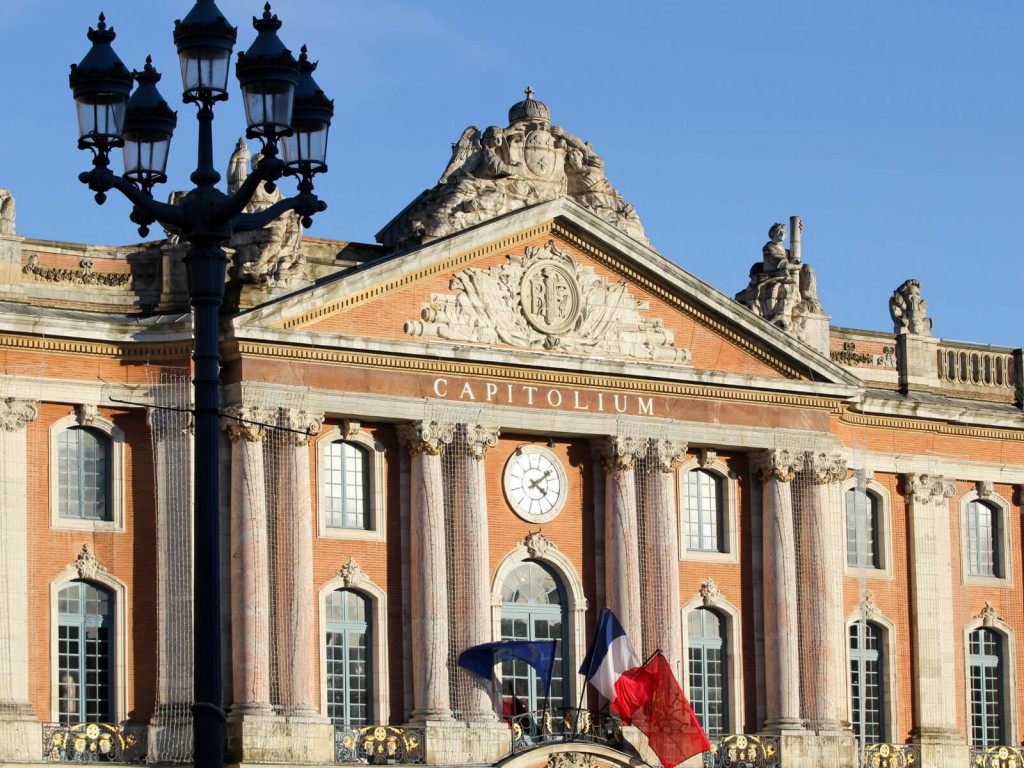

FROM:https://en.wikipedia.org/wiki/Capitole_de_Toulouse
https://fr.wikipedia.org/wiki/Place_du_Capitole_(Toulouse)
FROM:Things to do in Toulouse – Places to Visit in Toulouse
FROM:Gilet jaune acte 15 Toulouse arrivée place du Capitole dans le calme
Don’t you think it’s addictive?
Want to know more about the beauty of architecture?
Come and join our members to explore the beauty of architectural design.
覺得看得不過癮嗎?
想要知道更多建築之美嗎?
快來加入我們的會員,一同探索建築設計之美。
The above article is purely for appreciation and sharing purposes, as well as the construction of new technology and the public can be in-depth understanding of the information at the same time there are sources, will be able to query, no use of the document as a commercial transaction, if illegal, please inform the We will immediately remove the site, thank you for cooperation.
以上文章純粹作為欣賞及分享用途,以及將建築新型技術傳遞給與大眾能夠深入了解,同時資料還有來源,將可查詢,絕無使用該文件資料作為商業交易行為,如有違法請務必告知該網站我們將立即處理撤除,謝謝合作。

